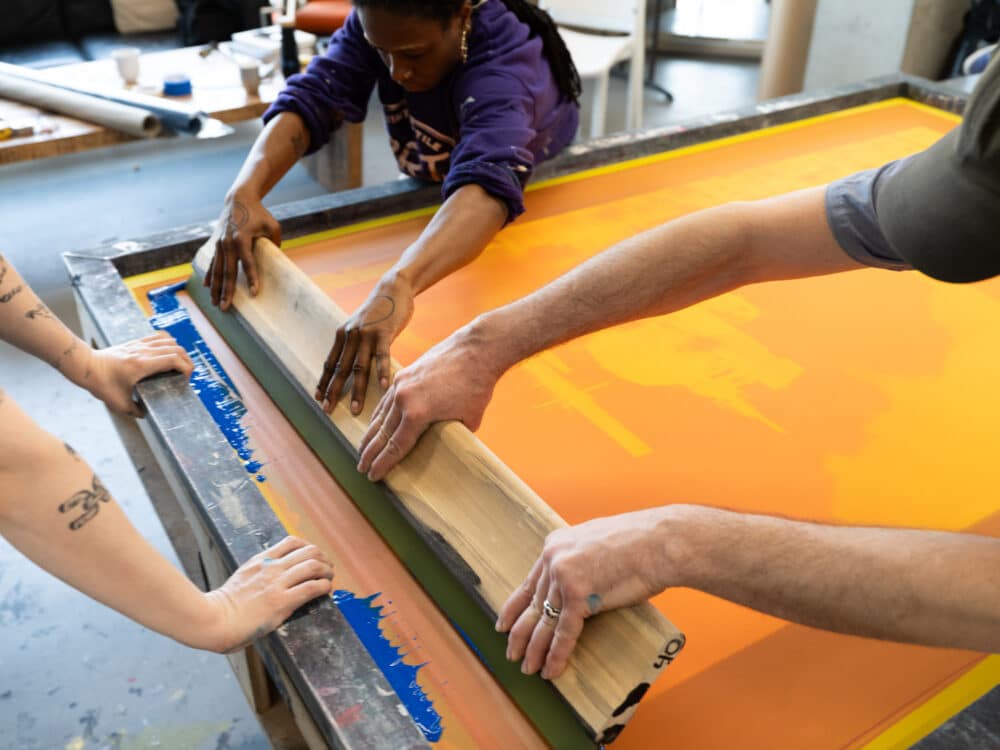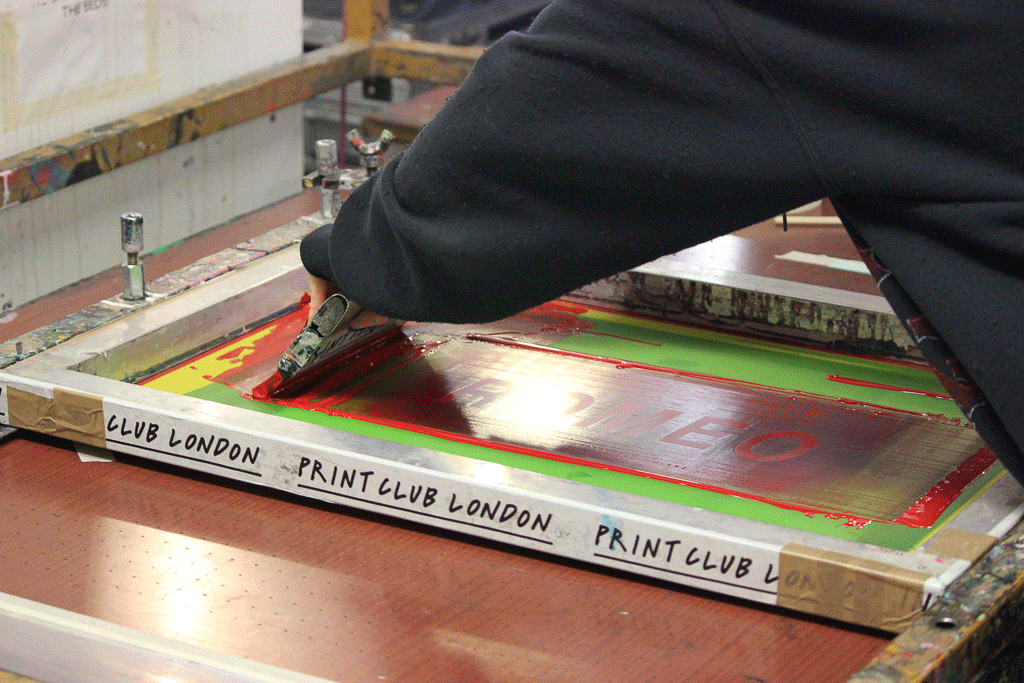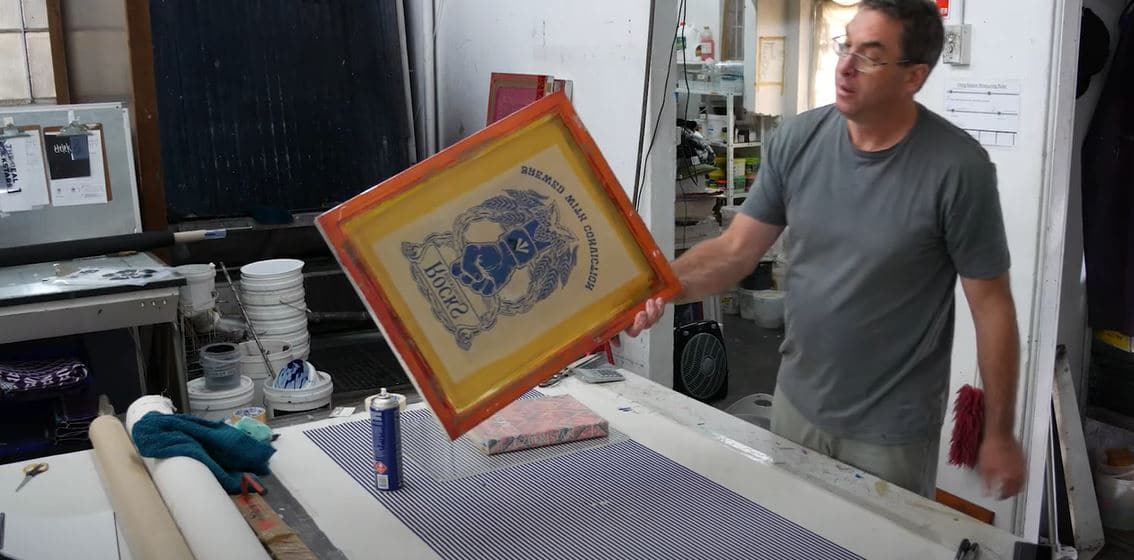ChatGPT said: 10:9 Design near me: how to find the best screen printing services locally
The Essential Guide to Recognizing Screen Printing and Its Versatile Makes use of
Screen printing has a rich history that goes back to ancient times, developing into an advanced technique used across various sectors today. This guide explores the ins and outs of the screen printing procedure, detailing its applications in marketing, home, and fashion decoration - 10:9 Design Screen Printing. Comprehending these principles can open up creative potential for both imaginative and business projects. The adhering to areas will reveal necessary tips and methods to boost one's screen printing endeavors
The Background of Screen Printing
Although screen printing has origins that trace back centuries, its advancement mirrors the creative and technological developments of different societies. Originating in old China, the technique was originally made use of for enhancing fabrics and later infect Japan, where it came to be important to Ukiyo-e woodblock printing. The approach moved to Europe in the 18th century, where it acquired popularity amongst artisans and commercial printers. The invention of picture solution in the 20th century changed screen printing, enabling more intricate layouts and higher efficiency. Artists like Andy Warhol better pushed its popularity, making use of the tool to create famous jobs that mixed commercialism and art. By the late 20th century, screen printing had developed itself as a versatile technique, used in fashion, advertising, and great art. Today, it remains to develop, incorporating electronic innovation and expanding its applications throughout various industries.
The Screen Printing Process Explained
Screen printing changes creative visions right into tangible styles through a collection of accurate actions. At first, an image is developed and after that moved onto a screen, normally made from fine mesh material stretched over a frame. A light-sensitive solution is put on the screen, which is exposed to light, solidifying in areas not covered by the image. After cleaning out the unhardened solution, a stencil is formed.
Next, the screen is placed over the substrate, whether it be material, paper, or another material. Ink is then pressed with the open locations of the stencil making use of a squeegee, transferring the style onto the substrate listed below. This process can be repeated for multiple colors, requiring separate displays for each color. The printed thing is treated utilizing warm to guarantee the ink adheres appropriately, resulting in a long lasting, lively design all set for use.
Kinds of Screen Printing Techniques

In addition, specialty strategies, such as discharge screen printing, remove dye from the material to develop softer prints, while foil screen printing uses metal aluminum foil to accomplish a shiny finish (10:9 Design Screen Printing Texas). Each strategy provides distinctive features, providing to various imaginative needs and production scales, ultimately expanding the opportunities within the screen printing domain name
Applications of Screen Printing in Different Industries

In addition, the signs and advertising and marketing markets make use of screen printing for producing captivating displays and banners. This technique enables bold shades and detailed styles that capture focus. In electronic devices, screen printing is utilized for applying conductive inks to motherboard, necessary for element links. The home style industry accepts screen printing to create distinctive styles on fabrics and wall surface art. On the whole, screen printing functions as an important tool throughout varied areas, boosting products with individualized and visually appealing graphics.
Tips for Successful Screen Printing Projects
While undertaking a screen printing job, careful interest to information can considerably enhance the final outcome. First, choosing top notch products is essential; this consists of the screen, inks, and substrates. Using suitable mesh matters can influence ink deposition and check here information resolution. Preparation is equally crucial; complete cleansing of displays and appropriate direct exposure times guarantee crisp prints.
Next, accurate registration is essential for multi-color prints. Making use of alignment devices can help accomplish precise layering. Furthermore, testing prints on scrap products prior to manufacturing aids identify prospective concerns without wasting resources.

Regularly Asked Inquiries
What Materials Are Ideal for Screen Printing on Textile?
Cotton and polyester blends are suitable for screen printing on fabric as a result of their longevity and ink absorption. Additionally, specialty materials like silk or canvas can generate special appearances and finishes, boosting the total style quality.
How Do I Clean and Maintain Screen Printing Devices?
To clean and keep screen printing tools, one must regularly clean screens with ideal solvents, inspect mops for wear, oil moving components, and store all items in a completely dry, dust-free setting to extend their lifespan.
What Are the Ecological Impacts of Screen Printing?
Screen printing can have substantial ecological influences, including chemical waste from solvents and inks, water use throughout cleansing processes, and power usage. Eco-friendly materials and lasting methods are important for lessening these unfavorable effects.
Can Screen Printing Be Done at Home Properly?
Screen printing can be successfully done at home with the best materials and techniques. Enthusiasts can develop top quality prints, though success depends on their ability degree, equipment, and understanding of the process entailed.
What Are the Costs Linked With Beginning a Display Printing Business?

Beginning a screen printing organization entails expenses for equipment, materials, and workspace. First expenses typically vary from a few hundred to a number of thousand bucks, relying on the scale, high quality of machinery, and preferred production capability.
Screen printing has a rich history that dates back to ancient times, developing right into a sophisticated technique made use of across various sectors today. One more technique, rotating screen printing, uses cylindrical screens, helping with continual printing on material rolls, consequently boosting efficiency for large productions. Furthermore, specialized techniques, such as discharge screen printing, get rid of dye from the textile to develop softer prints, while aluminum foil screen printing uses metallic aluminum foil to accomplish a glossy coating. In the style industry, screen printing is widely utilized to produce dynamic layouts on clothing, making it possible for brand names to display their special designs. Cotton and polyester blends are optimal for screen printing on fabric due to their sturdiness and ink absorption.